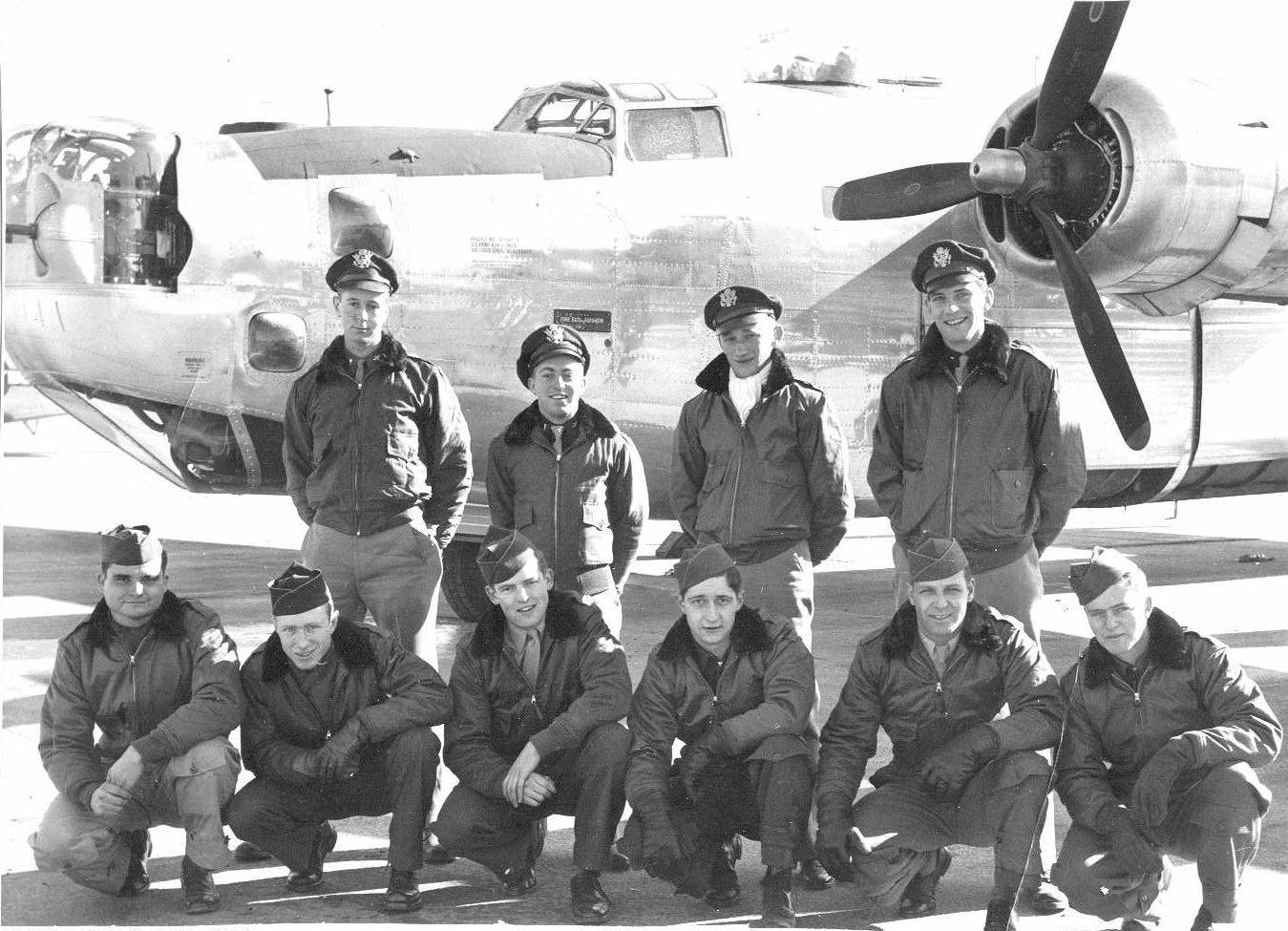
Had he not have had a curtain his light would have attracted enemy fighters to his aircraft. He had a curtain around him as he needed a lit area to carry out his duties. His position in the aircraft was behind the pilot and flight engineer. His concentration level during the whole mission would have been very high and this could be up to 7-12 hours. His responsibilities were to keep the aircraft on course at all times, reach the intended target and the get the aircraft safely back to base. He was responsible for the lives of his crew and if there was an emergency that arose during the mission it was his duty to remain at the controls and be the last crew member to leave the aircraft. He would have flown the aircraft throughout the mission and ensured the crew was working with one another. This man flew the aircraft and could have held the rank of Sergeant or a rank as high as Group Captain. He was in charge of the aircraft and the crew. When the heavy bombers came into service the Flight Engineer replaced the co-pilot and the other crew members dealt with single specialized duties.įrom late 1941 a heavy bomber crew was as follows. The Observer or Navigator also acted as the Bombadier while the Wireless Operator also acted as an Air Gunner. The bond a crew had was important as it kept morale and efficiency at a high level.įrom 1939 until the second half of 1941 each aircraft had two pilots along with a double-duty aircrew. The bond amongst the crew was strong, the crew varied in age, came from different walks of life and different countries. They endured the same dangers and experiences. Each crew member was dependent on the other crew members and each had to fulfill his duties so the aircraft successfully returned to base. The crew of a heavy 4 engine bomber flying over enemy territory had to work as a team on the outbound leg, the bombing run and the return leg to base for a mission to be successful. The Crew of a Heavy Halifax / Lancaster / Short Stirling and B-24 Liberator Bomber Please make the effort to view the video and enjoy. This is a very detailed video and as the son of a man who served in RCAF Group 6 - Bomber Command it was quite an eye opener for me. I would think that the crews of Lancaster bombers would have the same duties and use the same or similar equipment that a Halifax crew used. It describes the bombs used and how those handling these weapons kept the bombs safe until loaded on the aircraft. It describes in detail the responsibilities of each crew member along with the equipment they used to achieve a successful mission. It also describes what the crew members were responsible for on a mission and where where they sat. This is an amazing video that describes the workings of this heavy bomber from the engines, electrical, guns, outer skin, hydraulics and the fuel tanks and fuel along with where the remaining fuel was following the mission and in preparation for landing at base.

The video is titled The Last Flight of Halifax L 9561 and can be found on You Tube. I urge all of you to read the following and then watch the video produced by the Yorkshire Air Museum & Allied Air Forces Memorial at former RAF base Elvington.


 0 kommentar(er)
0 kommentar(er)
